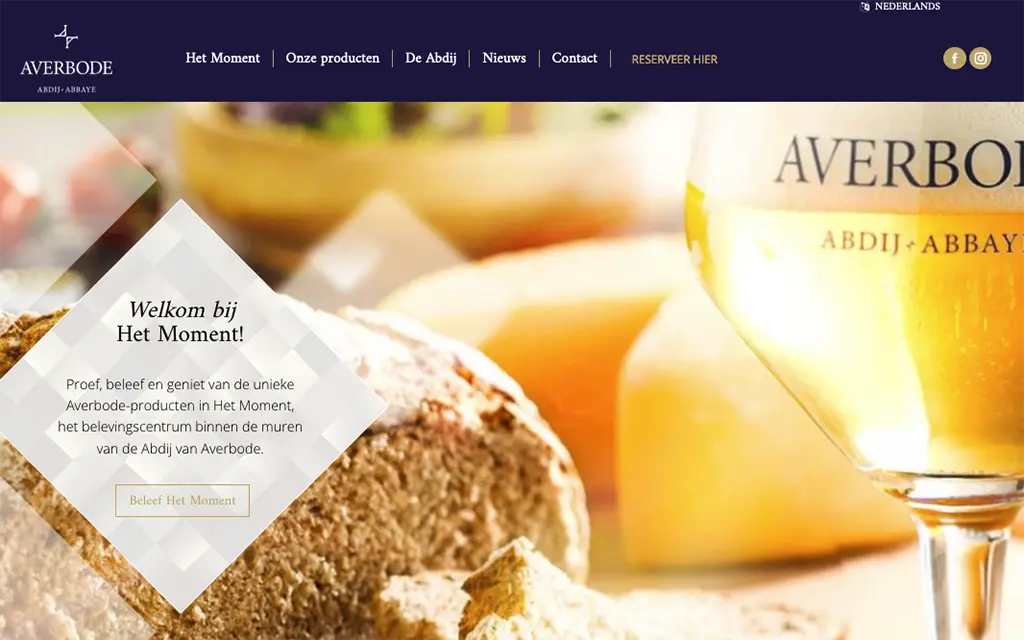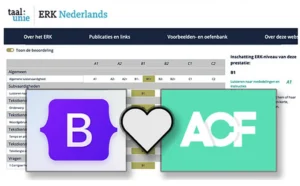Building a multilingual website isn’t just about translating words. If you want to serve customers across different countries and languages, your site structure, SEO strategy, and technical setup need to be on point—otherwise, you risk confusing both users and search engines.
Having worked on dozens of multilingual sites—across English, French, German, Dutch, and more—I’ve seen firsthand how easy it is to get this wrong… and how powerful it can be when it’s done right.
Why Multilingual SEO Is Tricky
When your website targets multiple languages and countries, Google needs to understand which version of each page to show to the right audience. Without the right setup, your rankings can tank, your bounce rates rise, and your users end up on the wrong version of your site.
Here are the main approaches to multilingual website structure—and what to watch out for:
1. Country-Specific Domains (Best Option for Many Businesses)
Using local domains—like .de for Germany or .fr for France—is a strong signal to both users and search engines.
- ✅ Improves local SEO performance (Google.de prefers
.dedomains) - ✅ Builds trust with local audiences
- ✅ Keeps language and content neatly separated
If you’ve got the resources, this is the most effective long-term strategy.
2. Language Selector with Unique URLs
Another option is to have a language selector on your homepage, allowing users to choose their preferred language. Each version should live on a unique URL—for example:
yourcompany.com/de/yourcompany.com/fr/yourcompany.com/en/
Important: Your language selector page should include the x-default hreflang tag to avoid SEO issues. Done right, this method offers flexibility and a better user experience than automatic redirection.
3. Auto-Redirect Based on Location (Use with Caution)
Automatically redirecting users based on their location or browser language can seem convenient—but it often causes more harm than good.
- ❌ Can lock users out of the version they actually want
- ❌ Can confuse Googlebot and hurt indexing
- ❌ Requires perfect implementation of hreflang and individual URLs
Unless you really know what you’re doing (or have someone like me handling it), this is the riskiest method.
SEO Essentials for Multilingual Sites
No matter which structure you choose, these fundamentals are non-negotiable:
- Use rel-alternate-hreflang annotations for all language variants
- Make sure all pages are indexable and accessible to search engines
- Allow users to manually switch languages
- Avoid mixing multiple languages on a single page
Bringing It All Together: My Role as a Native English SEO & WordPress Specialist
As a native English speaker based in Europe (originally from Ireland), I work directly with agencies and clients across multiple languages and regions. Whether it’s building multilingual WordPress sites, managing SEO strategy, or handling technical challenges like hosting, DNS, migrations, and speed optimization—I’ve done it all.
I also offer white-label services, working seamlessly with agencies to deliver high-quality support and SEO implementation—either behind the scenes or client-facing, in English, German, Dutch, or French.
My SEO work is deeply rooted in Google Search Console and Analytics data, along with competitor research—with a special knack for grabbing that low-hanging fruit that so many others miss.
Want to Rank Better Internationally?
If you’re struggling with multilingual SEO or need someone who understands both the technical and strategic side of international web design, let’s talk. Whether you’re running an agency or managing your own business, I can help you get your multilingual site performing at its best.
Case Study: Multilingual Website
This Website Main Language in Dutch but caters for French & English Speaking Countries also.
Visitors choose their language from a drop down menu in the website header.





